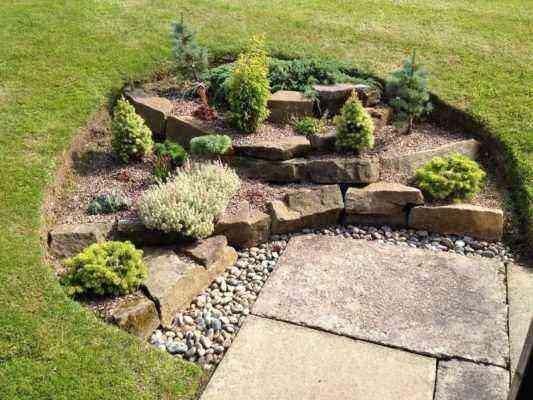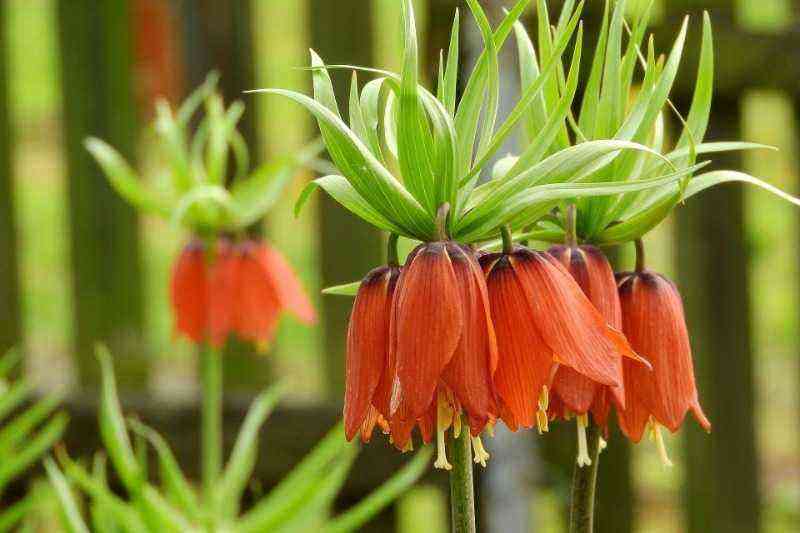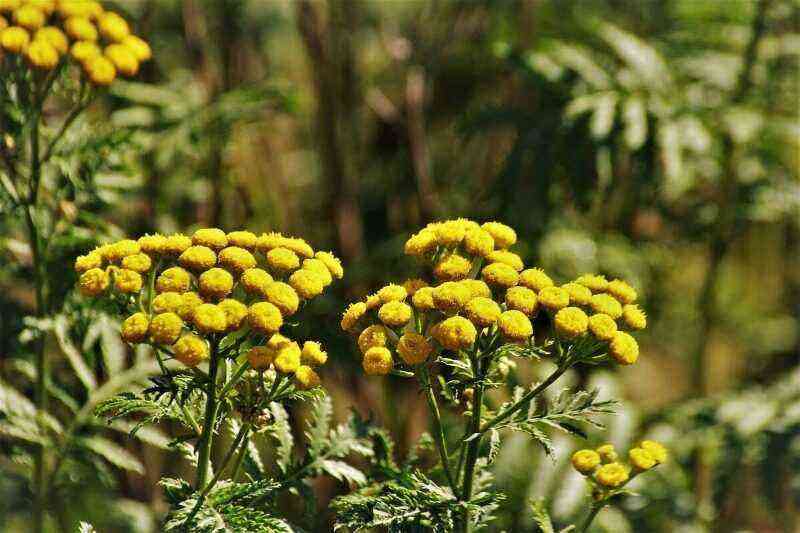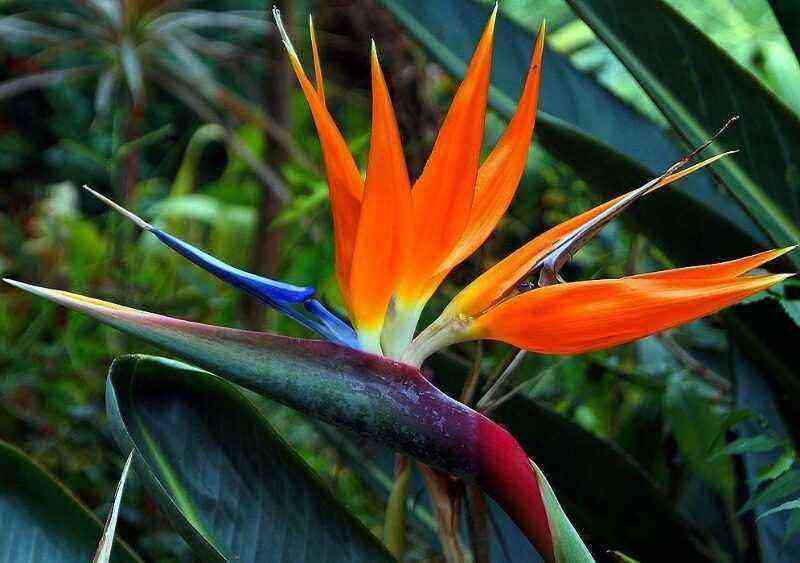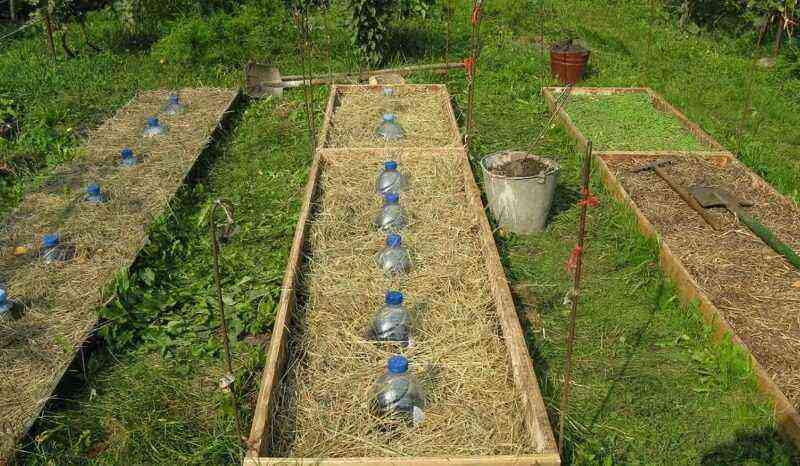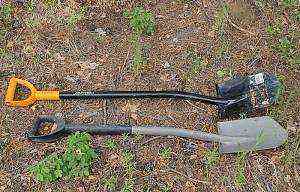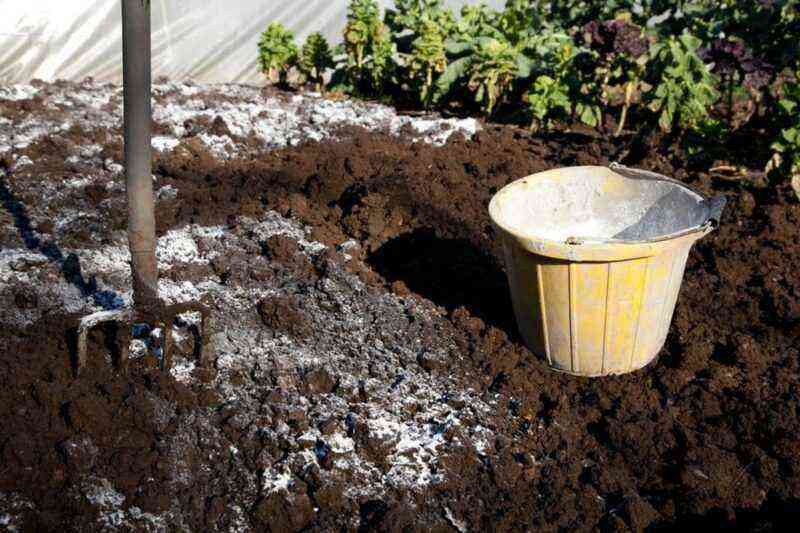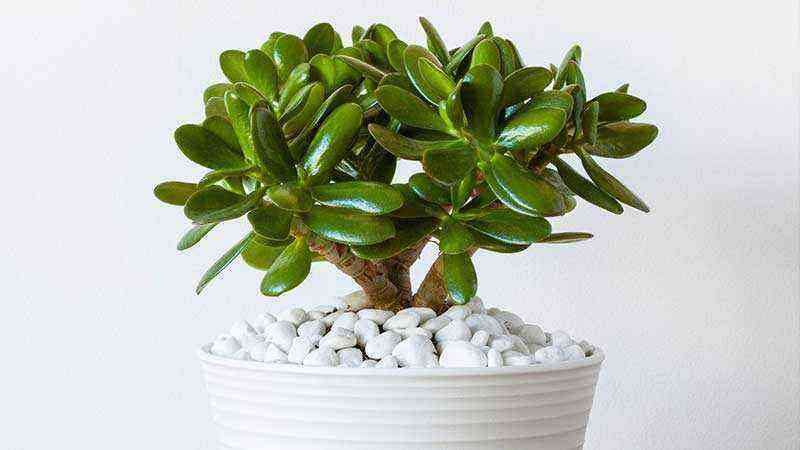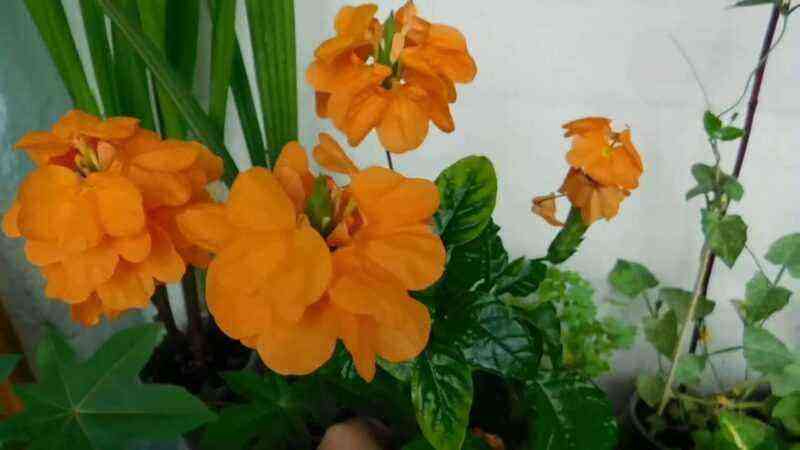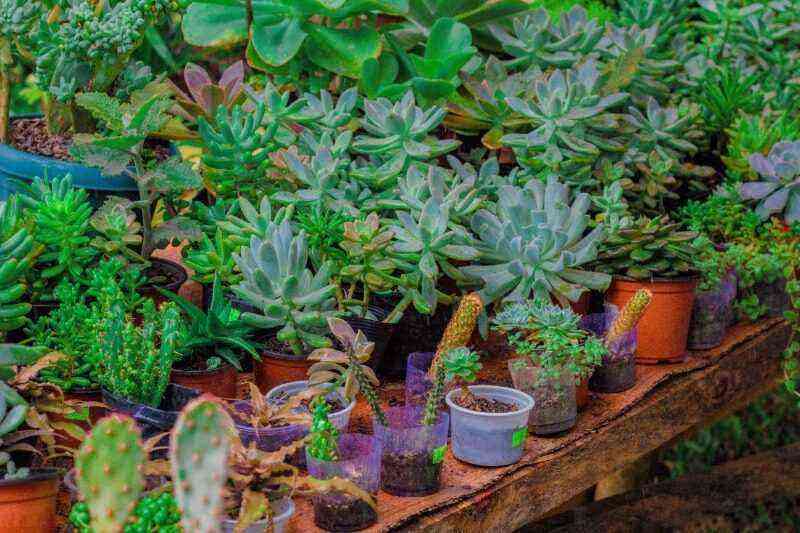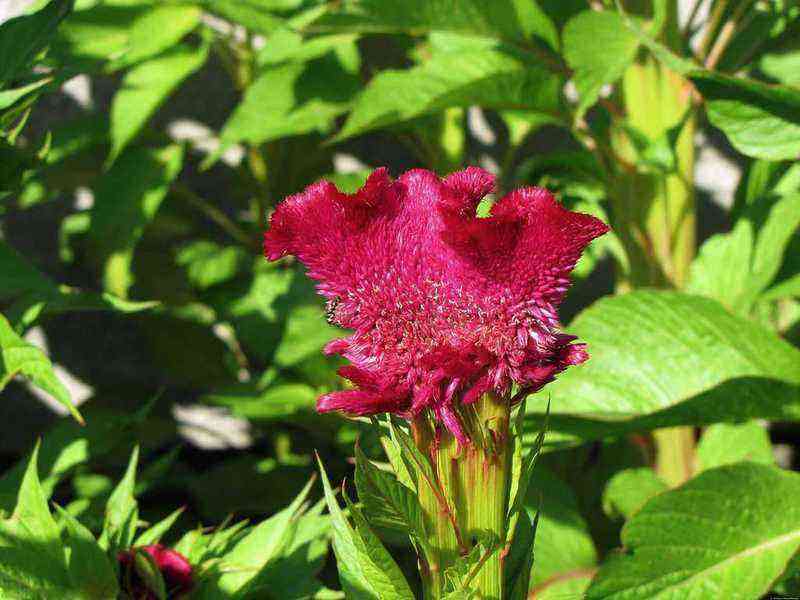Zamioculcas is often called the “dollar tree”. It is believed that this plant, which came to our homes from exotic Africa, brings material prosperity to its owner. Another name for zamiokulkas is “female happiness”. There is a popular belief that its owner miraculously becomes desirable for the opposite sex and finds happiness in her personal life. Agree, a good reason to have your own green artifact at home! Of course, you can buy a mascot plant in the store, but it is much more interesting to grow happiness with your own hands. Moreover, they say that in this case the effect of the acquisition will be greater.
General characteristics of the methods
There are four ways to propagate zamiokulkas: seeds, tubers, leaves or cuttings. Most often, the plant is propagated by dividing the uterine tuber into parts, cuttings, rooting of leaf plates or a whole branch with leaves.
Zamioculcas is poisonous! Plant it with gloves and do not attract children.
Reproduction by seeds
Do not expect to find seeds – they simply do not exist, since this plant blooms extremely rarely and without them (maybe they are in Africa, but not likely). If you’re in luck:
- Sow seeds in a container with soil for violets or cacti with a distance of 2-3 cm between them. The soil should be moist, not wet.
- Cover with foil and open for airing once a day.
- Keep an eye on the moisture content of the ground surface, do not allow the appearance of a dry crust, moisten with water from a spray bottle.
- Plant when the first 2 true leaves appear (they grow after the cotyledons).
You will have to wait for seedlings for a long time, at least two months. First, the plant needs to form a tuber, from which the sprout will hatch later.
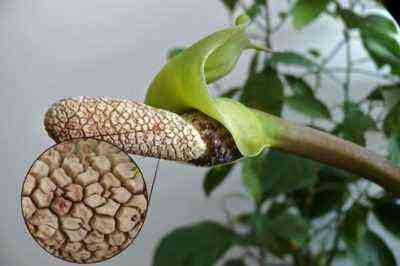
Zamiokulkas seeds ripen extremely rarely
Reproduction by dividing the uterine tuber
Reproduction of zamiokulkas by dividing the uterine tuber is carried out in the spring, when it is time to transplant the plant into a more spacious flowerpot. The tuber is easily divided into parts. You do not need to cut, otherwise you can ruin your pet… You need to make sure that at least one growth point remains on each branch.
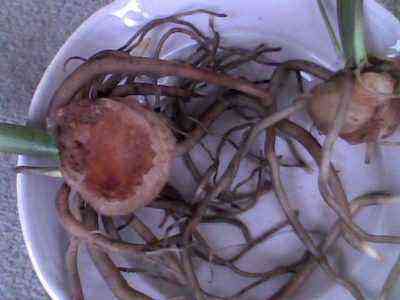
In no case should you cut the roots of zamiokulkas
The reproduction process by dividing a tuber consists of the following steps:
- After dividing the tuber into the required number of future plants, dry the damaged areas by sprinkling them with charcoal or crushed activated carbon.
- Let them air for 2 hours.
- After that, plant it in a permanent flowerpot. Choose a container that is at least 20 cm in diameter and 25 cm in height. Pour expanded clay or small stones on the bottom. Styrofoam balls or eggshells can also be used as drainage. Do not be alarmed that it will alkalize the soil, the increased acidity is harmful to zamiokulkas. The drainage layer must be at least 1 cm. Use a special soil mixture for cacti or any other light poor soil as soil.
- Cover the pot with a jar to create the required microclimate and place them on the windowsill. The plant does not need additional lighting.
- Monitor the moisture and water periodically with a sprayer so that not only the roots but also the leaves receive moisture.
- After new leaves appear, remove the jar.
Liming will also help to reduce the acidity of the soil, read about this:
A full-grown adult plant can be admired in a year.
Cutting
A stalk of a zamiokulkas is nothing more than a complex full-fledged leaf. There are several simple leaf plates on the central stem.

There are several leaves on the handle of the zamiokulkas
The grafting process is as follows:
- Cut off a whole leaf and remove 4-5 leaves from the bottom.
- After that, dry the cutting in a warm, dark place.
- Sprinkle the damaged parts with charcoal.
- Can be placed for germination in a container with settled water. In this case, make sure that the water does not stink. You can add a hydrogel that will absorb water, and then gradually give it to the plant.
- Plant in a permanent place after the appearance of the first roots 2-3 cm long with a tuber with a diameter of at least 0,5 cm.
- Cover with a jar until new leaves appear. Do not raise the hood, so as not to disturb the microclimate, the plant will receive air from the soil.
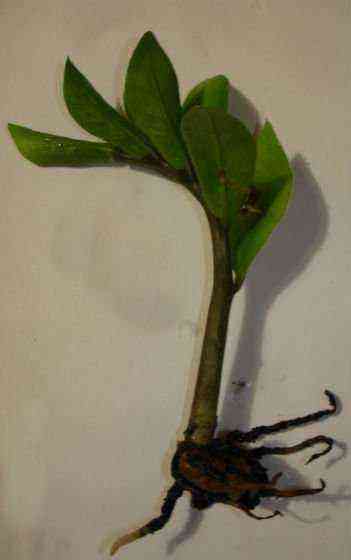
The formed roots and tuber are visible on the handle, which means that it can be planted
When grafting the result, you will have to wait several months. Your new pet will take time to grow a basal tuber, which retains moisture and nutrients, and only then will it grow.
Reproduction by leaf plates
It is easiest to get the leaves, but you will have to wait at least six months for the result. Stems with leaves take root faster – the result can be seen in a month and a half. The rooting algorithm is the same for any part of the zamiokulkas:
- Pre-dry the sheet plates for several hours.
- Sprinkle charcoal over the cuts.
- Dip the leaves into the soil at a slight angle by about a third.
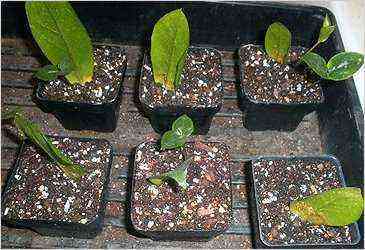
The sheet is dropped by a third at a slight angle
The stalk may dry out or wither, but do not rush to throw it away. It is quite possible that a tuber is formed in the ground, and then a new plant will hatch from it.
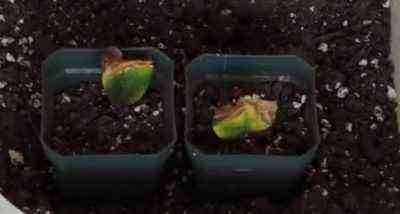
Take your time to interrupt the experiment if the leaves wither
Further care for the grown zamiokulkas consists in periodic watering and spraying. A young plant must be transplanted into a larger flowerpot annually, and an adult once every 2–4 years.


